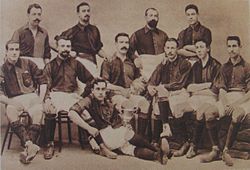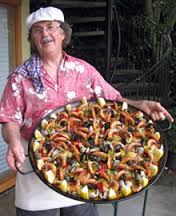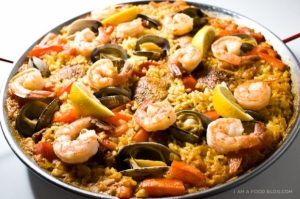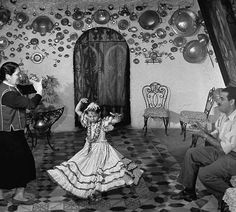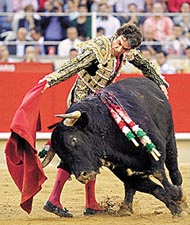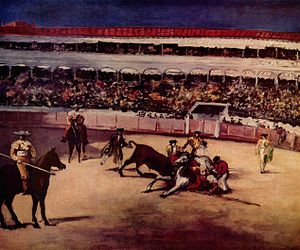History of FC Barcelona
On 22 October 1899, Hans Gamper placed an advertisement in Los Deportes declaring his wish to form a football club. Eleven players attended—Walter Wild (the first director of the club), Lluís d’Ossó, Bartomeu Terradas, Otto Kunzle, Otto Maier, Enric Ducal, Pere Cabot, Carles Pujol, Josep Llobet, John Parsons, and William Parsons—and Foot-Ball Club Barcelona was born on 29 November.
FC Barcelona team records
World
- Year with most official titles: 2009, with 6: Copa del Rey, Liga, Champions League, Spanish Supercup, European Supercup and Clubs World Cup.
European
- Only team to have played in every season of European competitions since they started in 1955.
- Team with most European trophies: 15 (4 Champions Leauges, 4 European Cup-Winners Cups, 3 Fairs Cup and 4 European Super Cups)
- Team with most European Cup Winners Cups: 4 (1979, 1982, 1989, 1997).
Uniforms of the football club (1.home; 2.away)
Camp Nou, Barcelona
Training camp of the Barcelona football club located in Barcelona (duh); it is the place they train and it is their home stadium; this stadium can carry 99,354 people; the biggest stadium in Europe and the 5th in the world.
